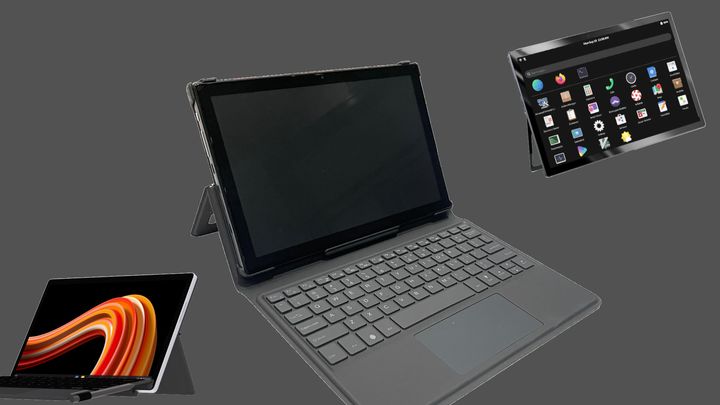Another Xiaomi device platform is getting Linux support

By now, most readers will be aware of the quick progress of Qualcomm phones in the mobile Linux ecosystem. This became especially true with the SDM845 platform, powering the near-stable Linux ports of devices like the Oneplus 6/6T and Poco F1 which we often mentioned in the past.
However, after some work, a new family of popular Android devices is entering the kernel: the Xiaomi Redmi Note 7 from 2019, was finally shown to boot the 5.15 kernel, and should be soon entering the mainline Linux kernel tree in a set of new patches. The Note 7 (not that one) is based on the Snapdragon 660 chipset, a 14nm SoC which is focused on high performance and power efficiency. Powered by eight Kryo cores (custom ARM64), it can be clocked as high as 2.2GHz, supports LPDDR4 memories, top-speed LTE modems and high-speed I/Os while keeping a close eye to the power consumption.
The Redmi Note 7 booting Arch Linux (Dang Huynh / Danct12)
Authored by Dang "danct12" Huynh, the author of the PinePhone-specific Arch Linux spin, the device is finally moving to the torvalds tree, with the initial boot process being showcased in a video. The initial support of a device based on the Xiaomi 660 platform could - at least potentially - open up to a whole family of devices including the more popular Mi A2, and thus hopefully bring the many devices based on this chip (namely most Nokia, Oppo, and some Samsung midranges) to become Linux-supported in the future.
For the moment, the Redmi Note 7 (codename lavender) supports USB, networking, display (through framebuffer) and still lacks several peripherals. But at least for some of them, it could be mostly a matter of configuring the device nodes and power management correctly.
Cover picture by Kimovil




Comments ()